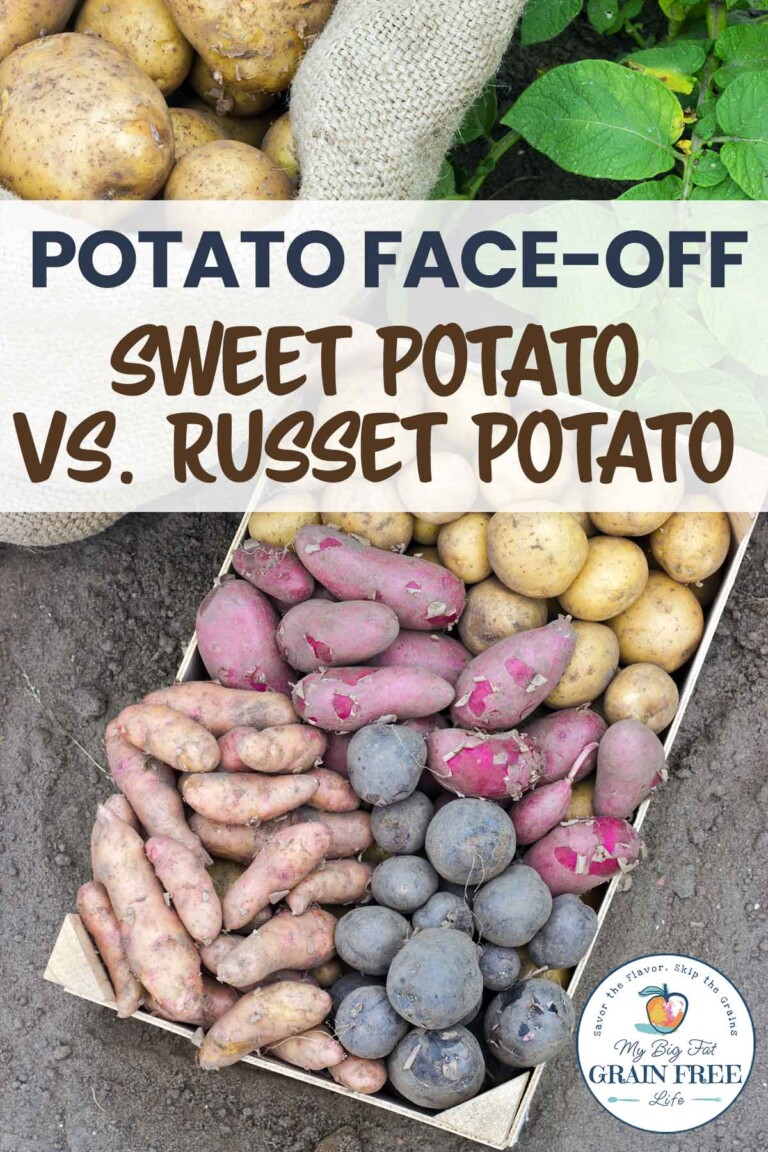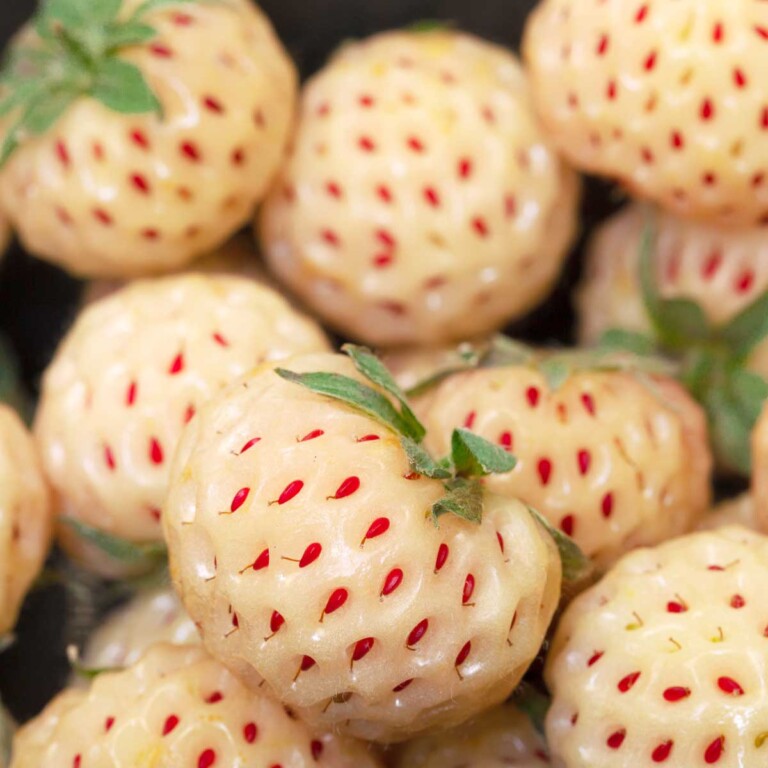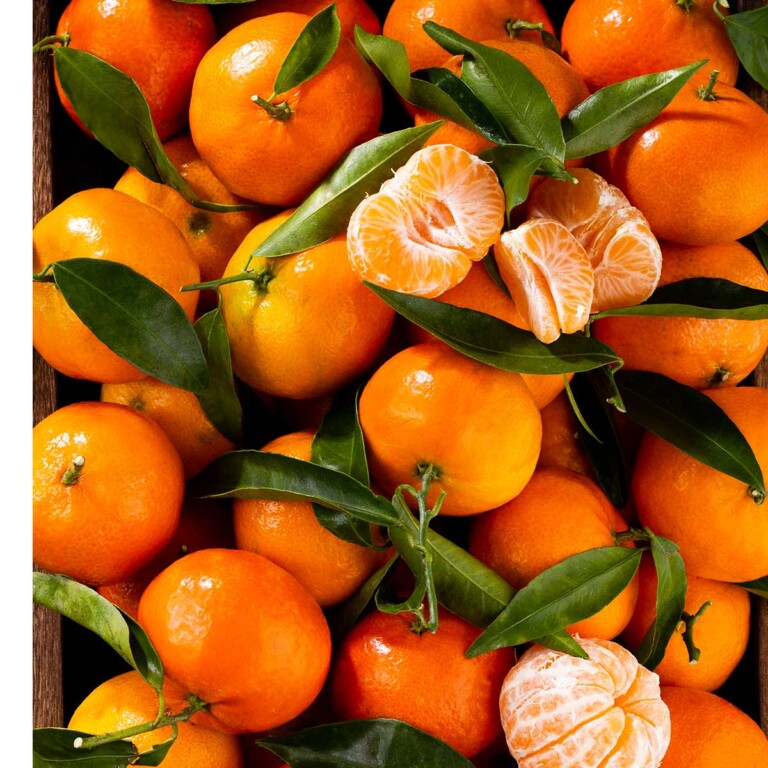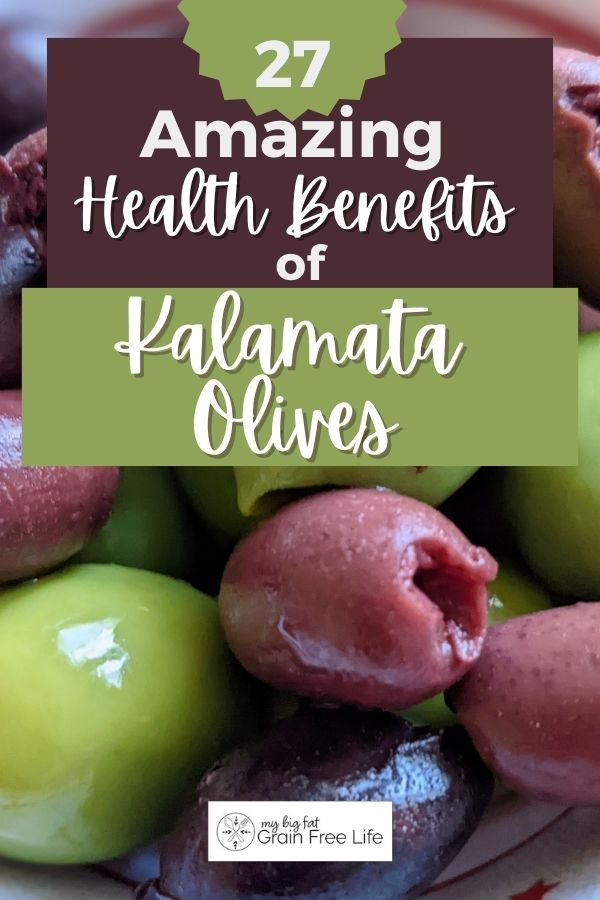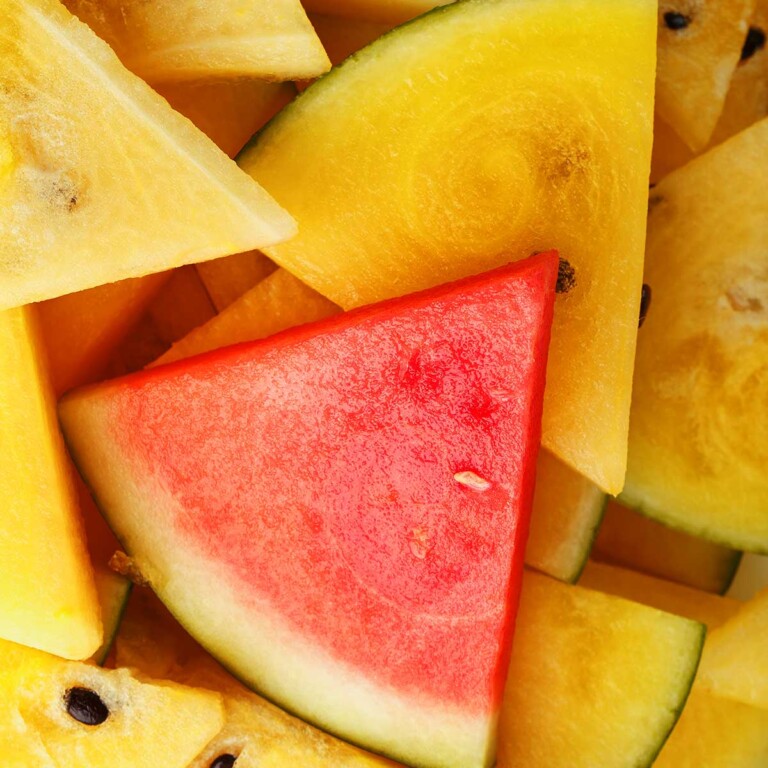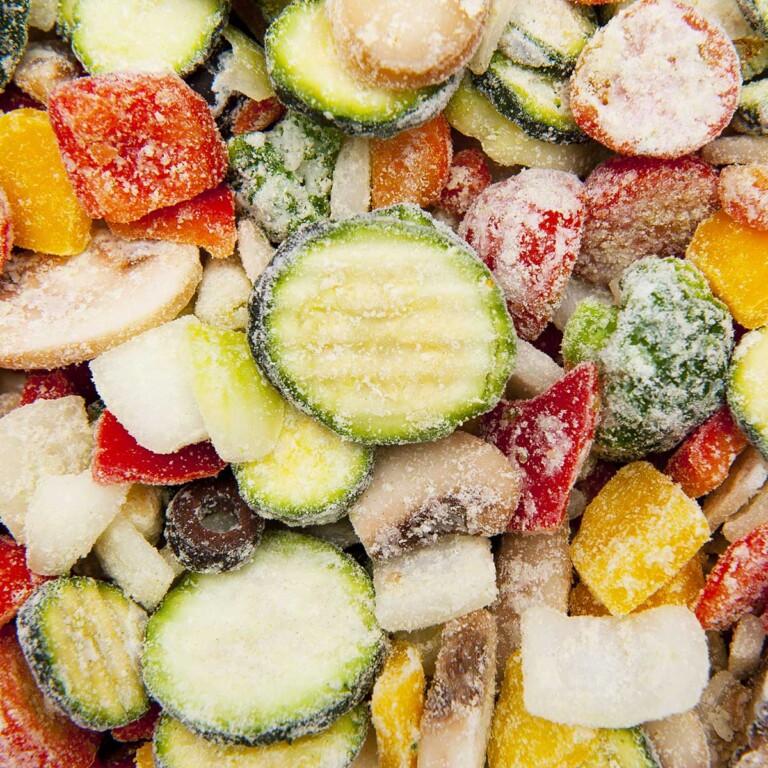Quince Fruit: What it Tastes Like + Benefits & Uses
This post may contain affiliate links. If you make purchase after clicking a link, I may receive a commission at no extra cost to you.
Last Updated on February 12, 2024
Quince fruit is a fascinating fruit that many people have never heard of or tasted. From its historical significance to its nutritional value and uses in cooking, there is much to learn about quince.

Quince Fruit
Whether you’re a fan of exotic fruits or simply curious about new options, quince fruit is definitely worth exploring. Learn everything you need to know about quince, from its origin and nutritional benefits to its culinary uses and tips for selecting and storing it.
What is Quince?
Quince is a fruit that belongs to the Cydonia oblonga species and is in the same family as apples and pears. Quinces are small to medium-sized fruits with a slightly irregular shape and a golden-yellow color when ripe.
What sets quinces apart is their aromatic fragrance and tart flavor. They have a firm and dense texture, similar to a pear, but with a more floral taste.

History of Quince
Its story begins in the ancient civilizations of Mesopotamia, where quince fruit was cultivated as early as 2000 BCE. The quince is believed to be native to the region that encompasses modern-day Iran and Turkey.
Throughout history, the quince has been highly regarded for its medicinal properties and culinary uses. (More on that below.)
Ancient Greece
In ancient Greece, it was associated with love and fertility, often being given as a gift during weddings. The Greek philosopher Theophrastus even mentioned the quince in his writings around 300 BCE!
Ancient Rome
The Romans also held the quince in high esteem. They used it to make a sweet paste called cotognata, which was enjoyed as a dessert or used as a filling for pastries. Quince trees were commonly planted in Roman gardens, and they spread throughout Europe during the Roman Empire.
European Monasteries
During the Middle Ages, quinces were widely grown in European monasteries due to their versatility and long shelf life. Monks used them for cooking, brewing, and making preserves. They were considered an essential ingredient in many dishes during this time.
Coming to America
Quinces made their way to the Americas with European colonizers. However, they never gained widespread popularity like other fruits due to their tartness and astringency when eaten raw.
Today, quinces are still cultivated in various parts of the world, including Iran, Turkey, Spain, Portugal, and Argentina. While they may not be as common as other fruits like apples or pears, their distinct taste and aroma make them prized ingredients in jams, jellies, desserts, and savory dishes.

What Does Quince Taste Like?
Quince fruit can be described as a combination of apple, pear, and citrus notes with hints of tropical fruits, although the flavors differ between raw vs cooked quince.
- Raw Quince: A unique taste that can be described as tart, astringent, and slightly floral.
- Cooked Quince: The natural tartness of quince transforms into a delicate sweetness, making it more enjoyable to eat when it’s cooked. It has a sweet and slightly tart taste with floral undertones. The texture of cooked quince is soft and tender, similar to a cooked apple or pear.
The taste of quince can also vary depending on its ripeness.
- Unripe Quince Fruit: When it’s unripe, the flesh of quince is tart, astringent, and quite hard (similar to an unripe pear).
- Ripe Quince Fruit: As it ripens, the flavor becomes sweeter and more fragrant with a delicate balance between sweetness and tartness. The texture also changes from firm and crunchy to soft and tender.
Other Unique Fruits You Might Be Interested In:
- Snake Fruit
- Yellow Watermelon
- Pineberries
- Calamansi
- Yuzu Fruit
- Clementine vs Mandarin vs Tangerine
- White Apples
- Rambutan
- Red Bananas
- Sapote
Can You Eat Quince Raw?
While it is possible to eat raw quinces, they are quite hard and tart in their raw state. Most people prefer to cook them before eating due to their hard texture and sour taste.
When is Quince in Season?
Quinces are typically in season during the fall months, usually from September to November. This is when they are harvested and available for purchase.
Where to Buy Quince
You can find quinces at specialty grocery stores or farmers’ markets during the fall season. Some supermarkets may also carry them, although availability may vary depending on your location.
What to Look for When Buying Quinces
When buying quinces, look for fruits that are golden yellow in color with no blemishes or signs of decay. They should feel firm to the touch but not too hard.
How to Cook It
To cook quinces, start by peeling off the skin and removing the core. Cut them into desired shapes and sizes, then simmer them in water or juice until they become tender. You can also bake or poach them for different recipes.
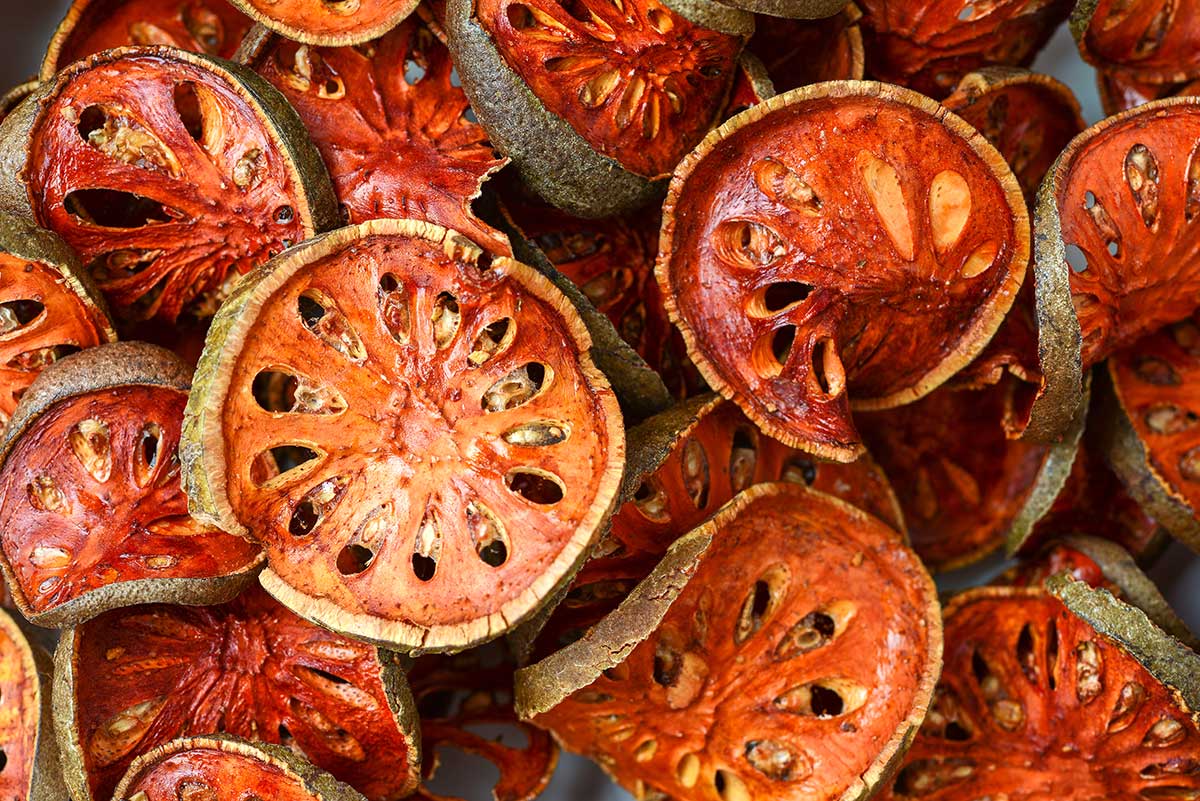
Ways to Use Quince Fruit
- Raw: Enjoy the quince fruit as is by simply washing it and biting into it (be beware; it’s TART raw!).
- Dried Quince: Dried quince can be used in various recipes such as baked goods, jams, chutneys, compotes, or even added to savory dishes like stews or tagines for a touch of sweetness.
- Poached: Gently simmer the quince in sugar until it becomes tender and fragrant.
- Baked: Slice the quince and bake it with a sprinkle of coconut sugar and cinnamon for a delicious dessert.
- Roasted: Cut the quince into wedges and roast them in the oven until they caramelize and become golden brown.
- Stewed: Cook quince with spices like cinnamon, cloves, and vanilla for a comforting stewed fruit dish.
- Jam or Jelly: Make quince jam or jelly by cooking down the fruit with sugar until it thickens into a spreadable consistency.
- Chutney: Combine diced quince with onions, vinegar, spices, and sugar to create a tangy chutney that pairs well with cheese or roasted meats.
- Quince Paste: Cook down pureed quince with sugar until it forms a thick paste that can be sliced or spread on crackers or bread.
- Quince Sauce: Blend cooked quince with lemon juice, honey, and spices to make a sauce that can be used as a topping for pancakes, coconut yogurt, or AIP ice cream.
- Quince Smoothie: Blend raw or poached quince with yogurt, honey, and your favorite fruits for a nourishing smoothie.
How to Store It
Quinces can be stored at room temperature for a short period of time, usually up to a week. If you want to extend their shelf life, store them in the refrigerator in a plastic bag.
How to Freeze It
To freeze quinces, peel and core them, then cut them into slices or chunks. Blanch them in boiling water for a few minutes, then transfer to an airtight container or freezer bag. They can be stored in the freezer for up to 6 months.
How to Preserve It
One popular way to preserve quinces is by making quince paste or quince jam. These can be made by cooking down quince fruit with sugar and lemon juice until it thickens into a spreadable consistency.
Another option is to make quince syrup, which can be used as a natural sweetener or flavoring agent.
Is It Okay to Eat Quince Skin?
Technically, you can eat the fruit peel of a quince, but it’s quite hard and carries a bitter flavor, making it not exactly the tastiest option.
Why Don’t We Eat More Quince?
Quinces are not as commonly consumed as other fruits due to their tartness and firm texture when raw. However, they are gaining popularity again due to recent research highlighting their health benefits and versatility with various recipes.
Quince Fruit Nutrition Facts
Vitamins & Minerals
- Vitamin C: Quince is an excellent source of vitamin C, which plays a crucial role in boosting the immune system and promoting healthy skin.
- Vitamin E: Quince contains vitamin E, which acts as an antioxidant and helps protect cells from damage caused by free radicals.
- Potassium: Quince is a good source of potassium, an essential mineral that helps regulate blood pressure and maintain proper heart function.
- Copper: Quince contains copper, which aids in the production of red blood cells and supports the formation of connective tissues.
- Iron: Quince provides iron, which is necessary for the production of hemoglobin and oxygen transportation in the body.
Antioxidants
Quince contains antioxidants such as phenolic compounds and flavonoids. These antioxidants help neutralize harmful free radicals in the body, reducing the risk of chronic diseases.
Other Nutritional Features
- High Fiber Content: Quince is high in dietary fiber, which promotes digestive health, prevents constipation, and aids in weight management.
- Low Calorie: Quince is relatively low in calories, making it a suitable choice for those watching their calorie intake.
- Hydration: With its high water content, quince can contribute to your daily hydration needs.
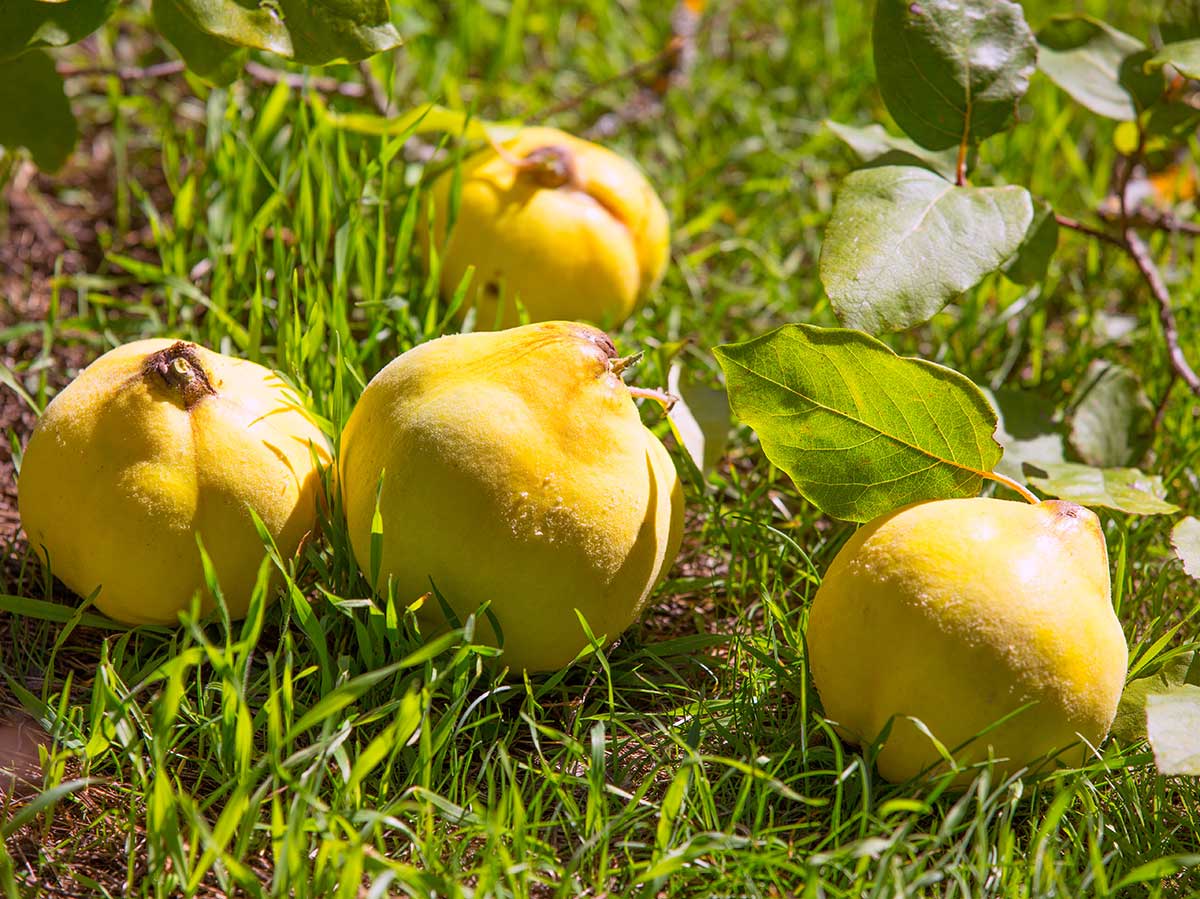
Health Benefits of Quince
Take a look at some impressive health benefits of quince fruit.
Boosts Immune System
Quince is rich in vitamin C, which helps strengthen the immune system and protect against common illnesses like cold and flu.
Supports Digestive Health
The high fiber content in quince promotes healthy digestion by preventing constipation and improving bowel movements.
Aids Weight Management
Quince is low in calories and high in fiber, making it a great addition to a weight loss or weight management diet.
Improves Heart Health
Quince contains antioxidants that help reduce inflammation and lower the risk of cardiovascular diseases like heart attacks and strokes.
Helps Regulate Blood Pressure
The potassium content in quince helps regulate blood pressure levels, promoting overall heart health.
Supports Bone Health
Quince is a good source of minerals like calcium, magnesium, and potassium, which are essential for maintaining strong bones.
Enhances Skin Health
The antioxidants present in quince help protect the skin from oxidative damage and promote a healthy complexion.
Promotes Healthy Hair
Are you looking for natural ways to promote healthy hair? Quince is rich in vitamins A and C, which nourish the hair follicles and promote hair growth.
Anti-inflammatory Properties
Quince contains anti-inflammatory compounds that can help reduce inflammation throughout the body.
May Improve Respiratory Health
Quince has natural expectorant properties that can help alleviate symptoms of respiratory conditions like coughs and bronchitis.
Helps Boost Brain Function
The antioxidants in quince help protect brain cells from damage caused by free radicals, promoting cognitive function.
Supports Eye Health
Quince is rich in vitamin A, which is essential for maintaining good vision and preventing age-related eye disorders.
Enhances Liver Function
Quince contains compounds that support liver health by promoting detoxification processes within the body.
Provides Anticancer Effects
Some studies suggest that certain compounds found in quince may have anticancer properties, although further research is needed.
Improves Blood Circulation
Quince contains nutrients like iron and copper, which are important for maintaining healthy blood circulation throughout the body.
Interesting Facts About Quinces
- Quinces are considered pome fruits, belonging to the same family as apples and pears.
- In test-tube studies, quince extract has shown potential anti-inflammatory effects that may benefit conditions like ulcerative colitis.
- Pregnant women often use quince juice or tea to alleviate pregnancy-induced nausea.
- Quince has been traditionally used as a natural remedy for acid reflux symptoms and alcohol-induced stomach ulcers.
- The fire blight disease affects quince trees but does not affect the fruit itself.
- Quinces have been associated with relieving symptoms of gastroesophageal reflux disease (GERD) and inflammatory bowel diseases.

FAQ About Quinces
Still have more questions about quince fruit?
Do You Have to Cook Quince Before Eating?
While quinces can be eaten raw, most people prefer to cook them due to their tough texture and tart taste. Cooking softens them and enhances their flavor.
What Can You Use Instead of Quince?
If you cannot find quinces, apples or pears can be used as a substitute in recipes that call for quince.
Can You Freeze Quince?
Yes, you can freeze quince. Follow the steps mentioned earlier for freezing quinces to preserve them for future use.
Sources
- https://www.ncbi.nlm.nih.gov/pmc/articles/PMC7822480
- https://www.ncbi.nlm.nih.gov/pmc/articles/PMC10096434
- https://www.ncbi.nlm.nih.gov/pmc/articles/PMC10812678
- https://www.ncbi.nlm.nih.gov/pmc/articles/PMC4914572
- https://www.ncbi.nlm.nih.gov/pmc/articles/PMC9027093
- https://www.sciencedirect.com/science/article/abs/pii/S0308814622013243
- https://www.ncbi.nlm.nih.gov/pmc/articles/PMC9576383
- https://www.mdpi.com/2072-6643/15/22/4764


